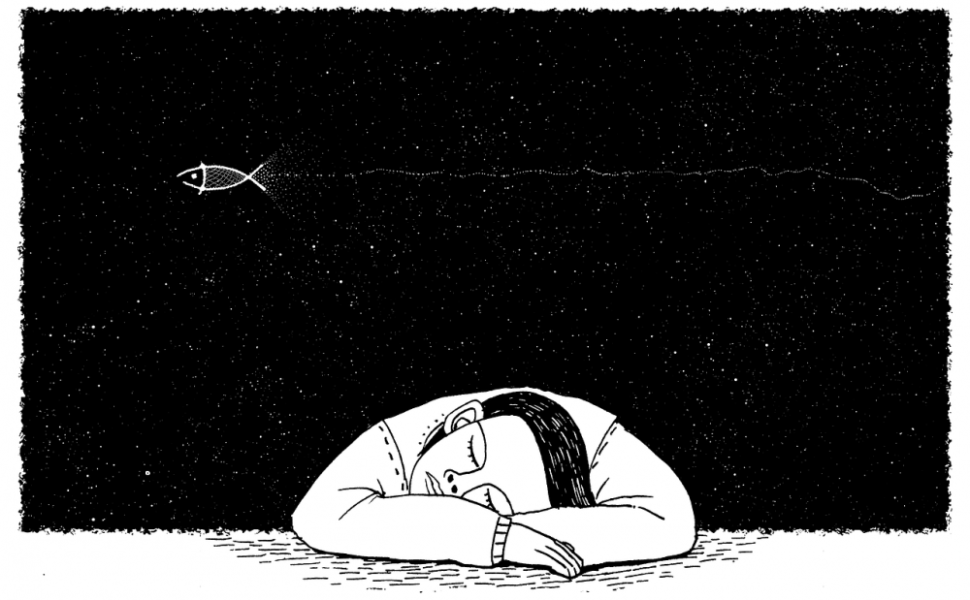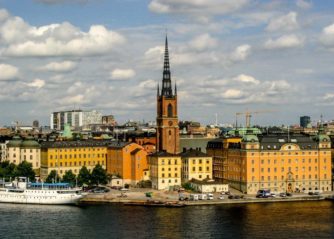Festivaler i Sverige: En djupdykning i kulturella upplevelser

Festivaler i Sverige: En djupdykning i kulturella upplevelser
Introduction:

Festivals are an integral part of Sweden’s vibrant cultural scene, offering a multitude of experiences for both locals and tourists. With a rich variety of genres, themes, and locations, festival-goers can immerse themselves in music, art, food, and more. In this article, we will provide a comprehensive overview of festivals in Sweden, delving into their types, popularity, quantitative measurements, differences, and a historical discussion on their advantages and disadvantages. Whether you’re an avid festivalgoer or someone curious about the thriving festival culture in Sweden, this article will introduce you to a world of unforgettable experiences.
An Overview of Festivals in Sweden
Sweden boasts a diverse range of festivals that cater to various interests and preferences. From music festivals that span multiple genres to cultural celebrations that honor traditions, there is something for everyone. Major cities like Stockholm, Gothenburg, and Malmö are hotspots for these vibrant events, but festivals are also held across the country, allowing visitors to explore different regions and their unique offerings.
Types of Festivals and Their Popularity
1. Music festivals: Sweden hosts numerous music festivals each year, attracting both national and international artists. From mega-events like Sweden Rock Festival and Way Out West to smaller, niche gatherings like Yran, there is a festival for every music lover. These festivals showcase a wide range of genres, including rock, pop, EDM, jazz, and folk.
2. Cultural festivals: Celebrating the country’s rich cultural heritage, cultural festivals offer a glimpse into Swedish traditions, history, and arts. The Midsummer celebrations, for instance, are renowned for their folk dances, traditional clothing, and festive atmosphere. Other notable cultural festivals include the Gothenburg Film Festival, Stockholm Pride, and the Sámi Easter Festival.
3. Food and drink festivals: Food enthusiasts can indulge in a variety of culinary delights at the numerous food and drink festivals held throughout Sweden. These events showcase local produce, traditional dishes, and innovative gastronomy. The Stockholm Food and Wine Festival, Taste of Stockholm, and the Gothenburg Beer and Whiskey Festival are just a few examples of the diverse offerings in this category.
Quantitative Measurements of Festivals in Sweden
Festivals in Sweden have a significant economic and social impact. According to recent studies, festivals contribute to local economies by generating revenue through ticket sales, accommodation bookings, and increased tourism. For instance, the Stockholm Music & Arts Festival attracted over 40,000 visitors in 2019, resulting in an estimated economic impact of millions of kronor. Additionally, festivals create employment opportunities, support local businesses, and promote cultural exchange.
Differences Between Festivals in Sweden
Despite falling under the umbrella term of ”festivals,” each event in Sweden has its unique characteristics and atmosphere. Differences can be observed in terms of genre, scale, location, target audience, and duration. For example, electronic music festivals like DreamHack attract a younger crowd and are known for their energetic environment, while classical music festivals like the Baltic Sea Festival cater to a more refined taste.
A Historical Overview of the Pros and Cons of Festivals in Sweden
1. Advantages: Festivals play a crucial role in promoting cultural diversity, fostering a sense of community, and providing exposure to emerging artists. They also contribute to the local economy, enhance tourism, and boost the country’s reputation as a cultural hub.
2. Disadvantages: The increasing number of festivals has raised concerns about noise pollution, environmental impact, and the strain on local resources. Additionally, the commercialization of some festivals has led to higher ticket prices, excluding certain demographics. Balancing the cultural, environmental, and economic aspects is a challenge that festival organizers continue to navigate.
Conclusion:
Festivals in Sweden offer a gateway to unforgettable experiences, showcasing the country’s rich cultural heritage and diverse musical landscape. From music festivals that unite fans of all genres to cultural celebrations that honor traditions, there is no shortage of options for both locals and tourists alike. By exploring the various types, measuring their impact, understanding their differences, and considering their historical context, one can truly appreciate the significance of festivals in Sweden. Whether you’re dancing to the beats of a DJ or immersing yourself in the beauty of Swedish traditions, these festivals will undoubtedly leave a lasting impression on any experience seeker.
















































